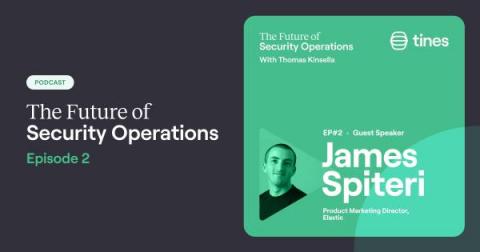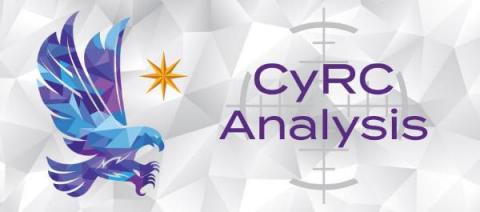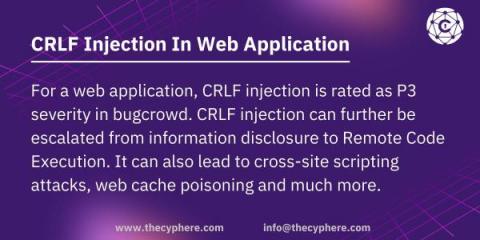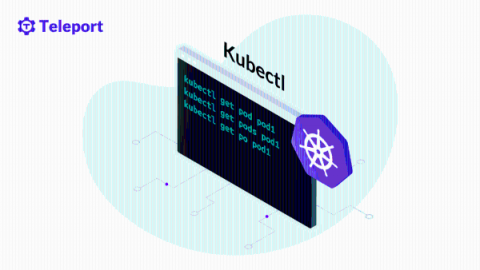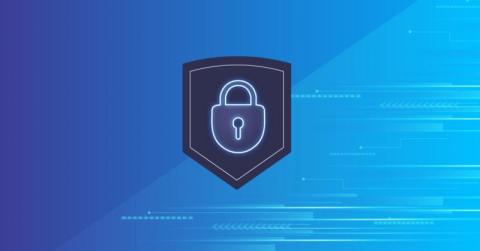Water Sector Cybersecurity Requirements
Water Sector Cybersecurity Requirements Policymakers and regulators in Washington are bringing their attention now to water utilities’ cybersecurity. Last month, the White House announced it was expanding its public-private cybersecurity partnership to the water sector. Separately, in December of 2021, the Environmental Protection Agency (EPA) announced an evaluation of regulations related to the public water system’s cybersecurity, which will change in April.



